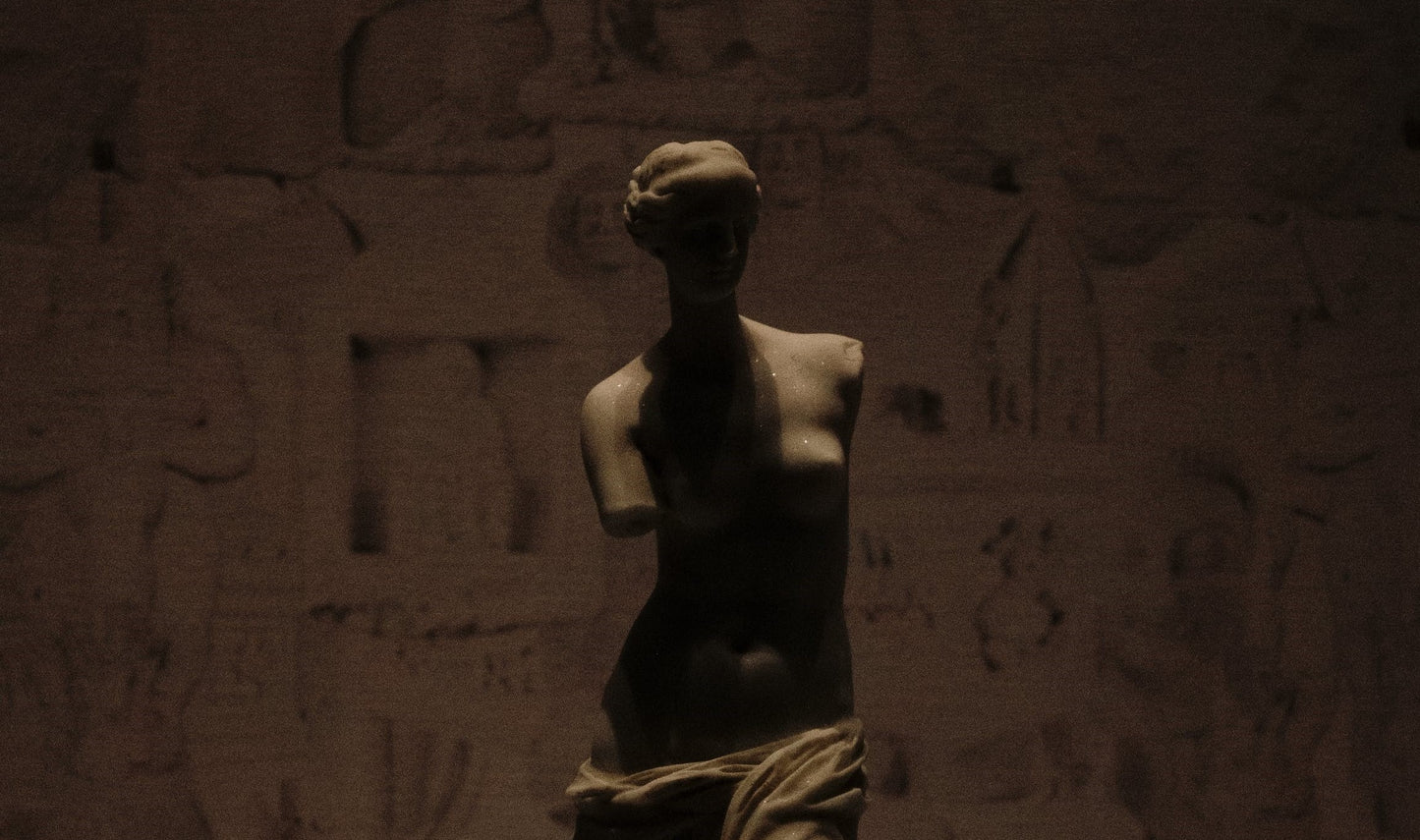
From ancient burial vessels to modern pet cremation urns – human civilizations have an extensive tradition of utilizing handcrafted vessels to hold the remains of the deceased. Let’s learn more about the history of cremation urns, from ancient times to modern day practices.
Putting Together the Pieces: Ancient Burial and Cremation Artifacts from Around the World
Some civilizations created written records or oral histories that help explain common beliefs and burial practices of the time. However, the majority of material records from early civilizations have been lost, destroyed or forgotten – along with the unique cultures that made up those complex prehistoric societies.
Archaeologists are left to pick up the pieces that remain, trying to make sense of those ancient worlds. Pottery remnants can tell us a little about the burial practices and beliefs of ancient civilizations. Cremation urns and other vessels have been found in various parts all over the world, suggesting a strong global tradition of burial processes that involved encapsulating remains – either as a memorialization, a sacrifice, or a religious practice linked to beliefs in an afterlife.
While many mysteries remain, historians have learned a lot about ancient cultures by studying burial and cremation artifacts from around the world. Many different academic opinions have led to several different theories concerning the cultural beliefs and practices linked to ancient cremation urns, but here are some of the most common theories.
Stone Age Cremation Urns (Neolithic Era)
Some of the earliest records of cremation urns date back to the Stone Age (Neolithic Era), stemming from the Jiahu province in China. Based on the size of the pottery fragments, recovered artifacts from this region suggest that urns were used primarily for children.
Cremation in Ancient Greece (~1200 BC)
Cremation became a practical way to dispose of the rising number of fallen soldiers that resulted from various wars waged in ancient Greece during the Mycenaean Age. Some cremation urns were highly stylized, with funerary scenes and geometric motifs painted on the surface, suggesting these vessels were considered an expression of honoring the deceased. The number of styles was quite extensive in ancient Greece, including Amphorae, Oinoche, Kraters, and Kylix.

Columbarium Buildings and the Roman Empire (~0-400 CE)
The Roman Empire also saw a relatively consistent interest in cremation urns, with high-status civilians receiving exquisitely painted urns. In addition, columbarium buildings – large structures designed to hold and protect decorated cremation urns – started popping up in this civilization, suggesting the importance and honor associated with memorializing the deceased.
Cremation Services in the Modern Era
The practice of cremation shows up time and again in civilizations around the world – and throughout history. But in the modern era, we’ve seen considerable changes surrounding the designs and attitudes associated with cremation urns.
The Industrial Revolution Changes Production – and a Way of Life
The industrial revolution dramatically changed the pace of life – and the pace of production – in the modern western world. With material goods, including urns, being able to be crafted faster and at a larger scale. As people flocked to massive urban cities, the need for cremation services also accelerated.

Theosophical Beliefs Cause a Surge in Cremation Interest
Founded in 1875, the Theosophical Society helped fuel a growing interest in cremation services. Many people at this time were opening their minds to the possibility of a spiritual existence after death. Cremation was considered an ideal way to help the spirit of the deceased become free from their earthly existence, the body, and thrive on a supernatural plane of existence. The demand for artisan cremation urns rose steadily in the decades that followed.
Outstanding Artistry: Cremation Practices in the 21st Century
Now, it’s common practice in many households to keep a loved one’s remains present in the family home. Unique artisan urns and custom cremation urns are in high demand, as families prefer to find a distinct design that accurately represents their loved one.
It’s even common for family pets to be cremated and held in pet urns. Modern cremation urns feature eye-catching designs, including glazed ceramic finishes, religious imagery, paw print motifs, votive candle holders, and other artistic details.

FAQs
The history of cremation urns is fascinating! Yet there is still so much to be discovered. Here are some of the most common questions that people ask about cremation urn history.
Was pet cremation popular in ancient civilizations?
While pet cremation is an area that still needs a lot of study, an ancient Egyptian burial site suggests that pets were an important part of daily life. The excavation site uncovered nearly 600 pet burials – mostly cats with some dogs, horses and monkeys. Some of these pets were buried with collars, pottery shards, and other mementos nearby, suggesting that this ancient Egyptian community had some form of pet memorial services.
Are pet urns for ashes different from human urns for ashes?
In the modern era, size is the most noticeable difference between pet urns and cremation urns designed for people. Pet urns often feature unique animal-themed designs as well, like paw prints or the silhouette of a cat or dog.

What designs are popular for modern cremation urns?
Throughout the history of humankind, a variety of materials have been used for cremation urns, including clay, marble, bronze, wood, brass, stone and terracotta. Today, ceramic artisan urns are a popular choice for modern cremation services.
------------------
Join us in helping families honor the memory of their loved ones and pets through art!
Our Affiliate Program is now available. at https://www.pulvisurns.com/pages/affiliate-program-by-pulvis-art-urns
